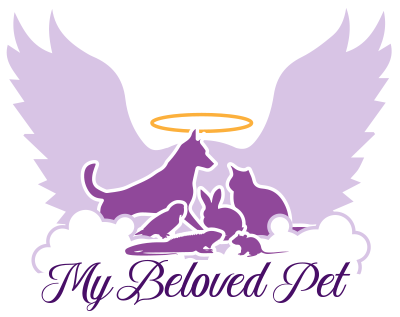How to write a pet eulogy: a few helpful pointers & eulogy examples
So, you’d like to write a eulogy for your pet, but don’t quite know how to go about it. I can help you to tell the world all the reasons why you loved your pet.
What is a Pet Eulogy?
Is a eulogy for a beloved pet the same as for a beloved human being? Important questions indeed! Turning first to the matter of what a eulogy is: if we look to the Ancient Greek, from which the word derives, ‘eu’ means ‘good’, while ‘logos’ (which morphs into ‘logy’ when anglicised) means ‘account’. So, to give a eulogy is literally to give a good account of someone’s life.
An important first step when writing a eulogy is to sit back, reminisce about your pet, and as the memories come to you, jot them down (I use the Notes app on my IPhone). Because it is your pet’s whole life with you that you are celebrating in their memorial, think back to the very first time you met them, about games they might like to have played, friends they may have had, little habits and quirks, and very importantly, how it felt to be with them.
How do I write a pet eulogy?
Writing a eulogy for a pet we love is, of course, different from writing one for a human being we love, but only a little. Because pets don’t talk, our experience of them, and love for them, is less about the intellect than it is about the senses, and because of this it is far more apt to reference touch, smell, sight, sound (and hopefully not taste!) in a eulogy about a pet than about a human. As an example of what I mean, let’s look at some words I wrote for my beloved cat, Silverstar.
Eulogy examples for pets
His white belly fur, so silky and fine, pink tender skin just showing through;
On his hind legs, front paws up against the cupboards, eyeballing me, mewling plaintively, demanding his dinner;
His kisses, nuzzling my nose and lips with his own, his musky breath, his bliss;
His temper tantrums! The huffs! The puffs! The angry, swishing tail.
One would hardly include such sensory details in a eulogy about a dearly missed human companion (imagine the audience’s shocked gasps!), but when writing about a pet, such details really matter.
When writing a eulogy about a human companion, we might include mention of shared times together. We can do the same with our beloved pet’s eulogy, but again in such a way as to invoke the senses. Here again are some sample words from Silverstar’s eulogy:
Snuggling on my chest, kneading away, purring and purring;
Digging his claws into my shins, clambering up until I'm holding him tight, wrapped in my arms;
Something that I think is just as important for a pet’s eulogy as a human’s eulogy, is to include fondly held memories of them. Some of mine about Silverstar included:
Sleeping in my bedroom window, on the sill, tucked away behind the curtains, snoring;
The meows that sound like my name;
Pummelling the living room window, paws squeaking on the glass, determined to be let in;
On his hind legs, front paws up against the cupboards, eye-balling me, mewling plaintively, demanding his dinner;
What you want to do, when you call on these memories, is to tell the world as much as you can, in as few words as possible, all the reasons why you loved your pet. If you do that, then writing your pet’s eulogy will have a therapeutic effect upon you, because, in creating it, you will look back at all of the many, happy moments that made up your pet’s wonderful life.
On that last note, you might have noticed that the text I’ve provided you from my eulogy for Silverstar is written in the present, rather than the past, tense. I do this as a matter of practice, for all the personalised pet memorials I create, because I don’t believe that a eulogy needs to remind us that a death has occurred: we all know that, and we are all grieving over the fact that the recipient of our eulogy used to be. Rather, I think, a eulogy should remind us of their life as it was lived, in the present, where all the love, joy and happiness a pet gives us truly lies.


